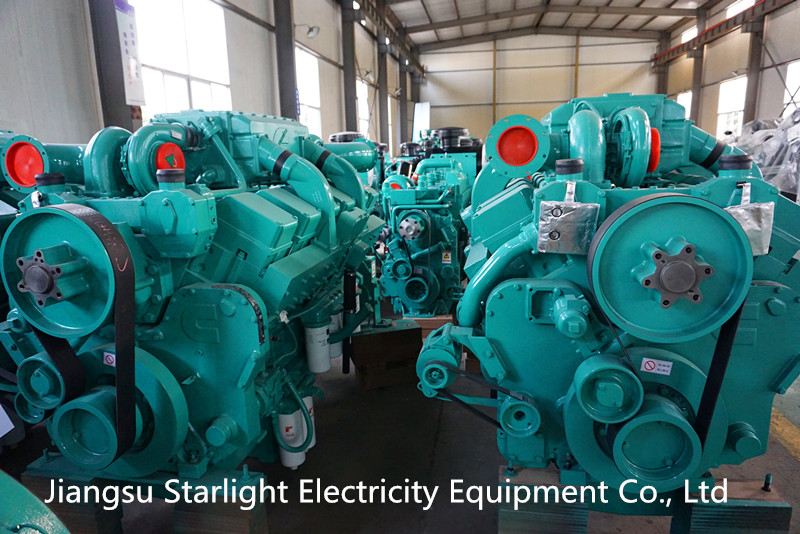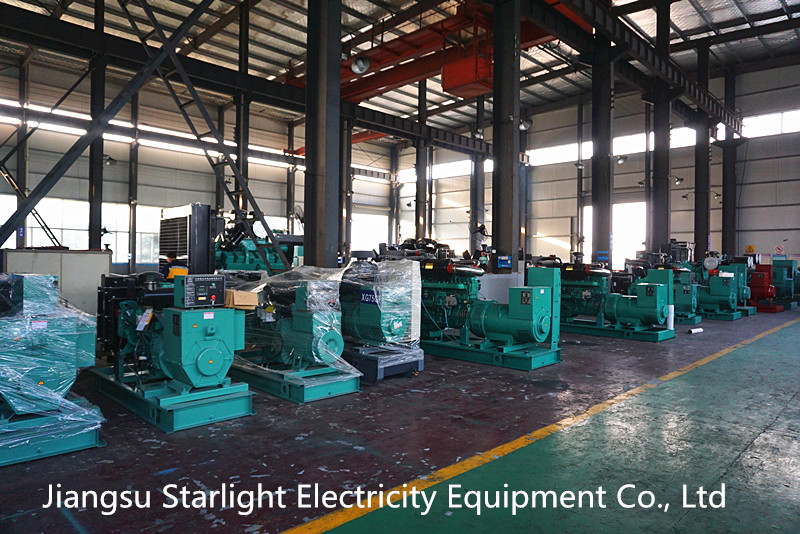Cummins Inc. bases its oil drain specifications on duty cycle and oil contamination. This contamination occurs in all engines at varying rates, regardless of design.
Maintaining the correct oil and filter change interval is a vital factor in preserving the integrity of an engine. Filters must be changed when the oil is changed.

Oil contamination is the direct result of normal engine operation. The load factor, fuel used, and the environmental conditions all influence the rate of oil contamination. Laboratory and field tests confirm that a positive relationship occurs between the total amount of fuel consumed by an engine and the level of contamination it can absorb and still function as designed. Oil has limitations on the amount of contamination it can absorb and still function as designed. The relationship between fuel consumption and oil contamination forms a basis of establishing the oil change interval.
Acceptable methods for determining lubricating oil and filter change intervals include:
● Fixed Method (Mileage/Hours) ,
● Duty Cycle Method (Operating Conditions) .
The appropriate Operation and Maintenance manual must be consulted for detailed instruction and specific tables or charts on oil and filter change intervals.
1. Contamination Check
Used oil analysis can be employed to monitor engine contaminant levels, which can provide evidence of system weakness or malfunction such as faulty air filtration, coolant leaks, fuel dilution, and wear metals that can suggest engine damage.
This technique requires the comparison of the used oil analysis data to that obtained from the oil in its new condition. The extent of the used oil degradation from the new condition provides the indicators needed to monitor the system. The primary oil characteristics that will function as warning signals are the level of contamination (fuel, soot, silicon, boron, sodium, potassium) and the oil’s viscosity and flash point. General contamination check guidelines are listed in Table 4.
Table 4: Oil Contamination Guidelines
Property | Guideline | Test Method | ||
CF-4 | CH-4 | CI-4 | ||
Viscosity Change at 100°C | ±1 SAE Viscosity grade or 5 cSt from the new oil | ASTM D445 | ||
Fuel Dilution | 5% | |||
Total base number (TBN) | 2.5 number minimum or half new oil value or equal to total acid number (TAN) | ASTM D-4739 | ||
Water content | 0.5% max | ASTM D-95 | ||
Soot (weight/percent) | 1.5 | 5 | 7.5 | |
Potential Contaminants: | ||||
Silicone (Si) | 15 ppm increase over new oil | |||
Sodium (Na) | 20 ppm increase over new oil | |||
Boron (B) | 25 ppm increase over new oil | |||
Potassium (K) | 20 ppm increase over new oil | |||
● The contamination guidelines presented above are guidelines only, This does not mean values that fall on the acceptable side of these guidelines can be interpreted as indicating the oil is suitable for further service.
● The ASTM publishes testing methods in their Annual Book of Standards.
● Elemental analysis can be made using several different techniques such as Atomic Emission Spectroscopy (AES), Atomic Absorption Spectroscopy (AAS), and Ion Coupled Plasma (ICP). These are not standard ASTM methods; however, most used oil analysis laboratories are capable of determining additive metal concentration by one of these methods. Sample results determined by the same laboratory using the same technique can be safely compared.
The guideline numbers presented above are representative of those which will be considered sufficient to justify investigation of the engine, maintenance practices, or operating procedure to identify the reason for the contaminant or oil property change. However, an engine must not be disassembled solely on the basis of oil analysis results. Along with further investigation, an oil change is also usually justified. The absolute values of the above items vary with miles or hours on the engine, engine oil capacity, and the engine oil consumption rate.
2. Duty Cycle Method
Typical application to M11 automobile engine.
Based on fuel consumption, vehicle gross weight, idle time, fuel type to ensure oil change interval.
Consult M11 Operating and Maintenance Manual for detailed instructions.
3. Cure Chart
The oil drain interval for NT(A)855, KT(A)19 and KT(A)38 & KTA50 engines can be determined according to the "Oil Drain Interval Curve Chart" on the maintenance and service bulletin, or refer to Section 1,Table 1.
Maintaining the correct oil and filter change interval is a vital factor in preserving the integrity of an engine. Full flow and bypass fitters must be changed when the oil is changed.

Annex A: Oil Primary Test Guidelines and Significance
1. Viscosity
Viscosity is a measure of the resistance of a fluid to deform under shear stress. Isaac Newton postulated that, for straight, parallel and uniform flow, the shear stress, between layers is proportional to the velocity gradient, in the direction perpendicular to the layers, in other words, the relative motion of the layers.
2. Flash point
the flash point of a flammable liquid is the lowest temperature at which it can form an ignitable mixture in air.
3. Pour point
Pour point lowest temperature at which a liquid petroleum product will flow when it is cooled under the conditions of the standard test method.
4. Oxidation Stability
The tendency and stability of the froth produced by petroleum produce.
5. Carbon residue
The carbon residue is the tendency to form carbon deposits under high temperature conditions in an inert atmosphere.
6. Ash content
The nonvolatile inorganic matter of a compound which remains after subjecting it to a high decomposition temperature.
Copyright © Guangxi Dingbo Power Equipment Manufacturing Co., Ltd. All Rights Reserved | Sitemap
Update cookies preferencesseokeywords:
test2